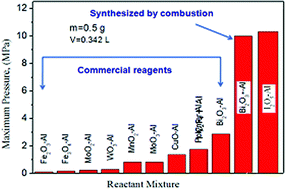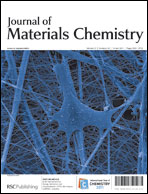Nanoenergetic Gas-Generators: principles and applications
Abstract
Metastable Intermolecular Composites or so-called Nanoenergetic Materials have been widely touted for their potential to fulfill dreams in high density energetic materials and nanotechnology. They are likely to become the next-generation explosives, propellants and primes as they enable flexibility in energy density and power release through control of particle size, tunable stoichiometry and choice of


 Please wait while we load your content...
Please wait while we load your content...